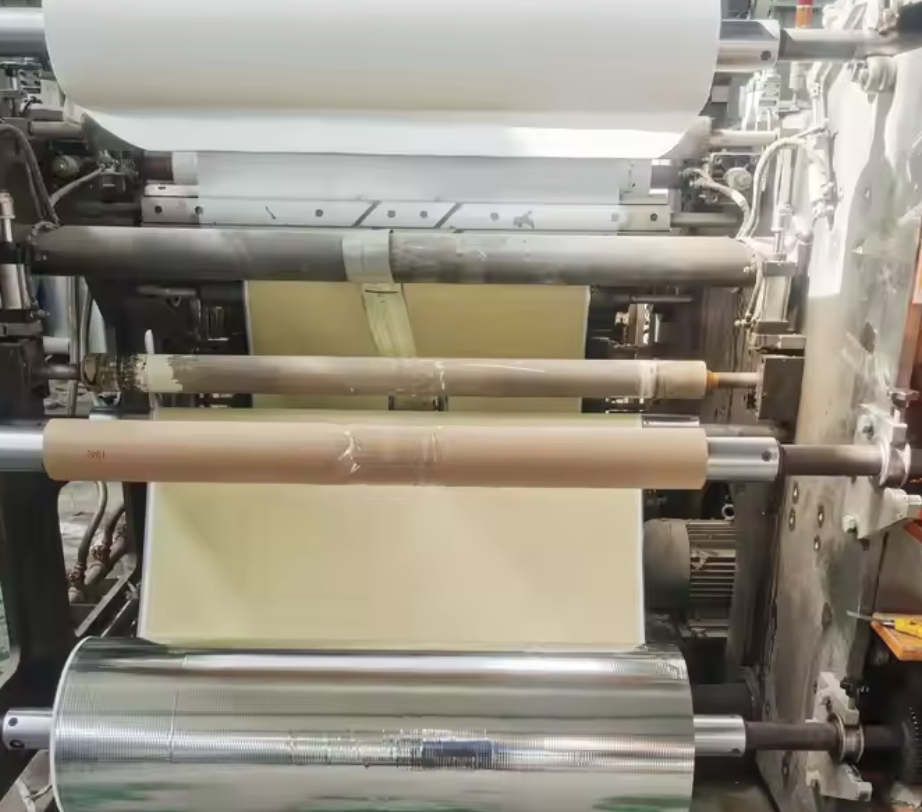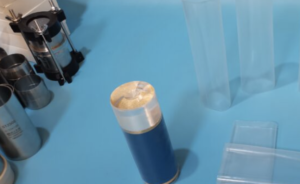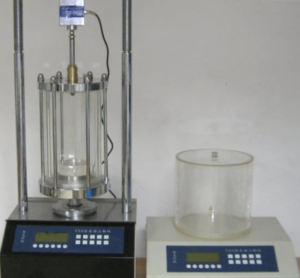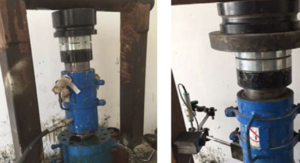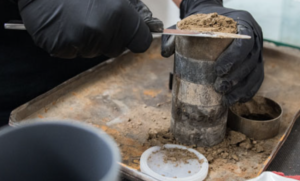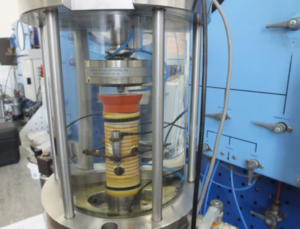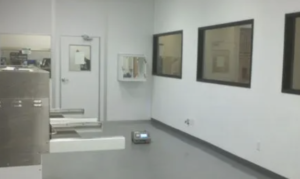How Butyl Rubber is Changing the Game in Modern Waterproofing Solutions
From basements and rooftops to lab-grade seals and tunnels, butyl rubber is fast becoming the go-to solution in waterproofing. Why? Because it offers a rare balance of reliability, flexibility, and impermeability. In a world where leaks mean damage, downtime, or data loss, butyl rubber is helping professionals build with more confidence and less maintenance.
Self-Sealing Advantage: No More Leaks or Failures
One of butyl rubber’s standout features is its self-sealing capability. Unlike traditional membranes that rely on tapes, glues, or heat welding, butyl forms a tight bond on its own—especially when applied as a pre-formed sheet or tape.
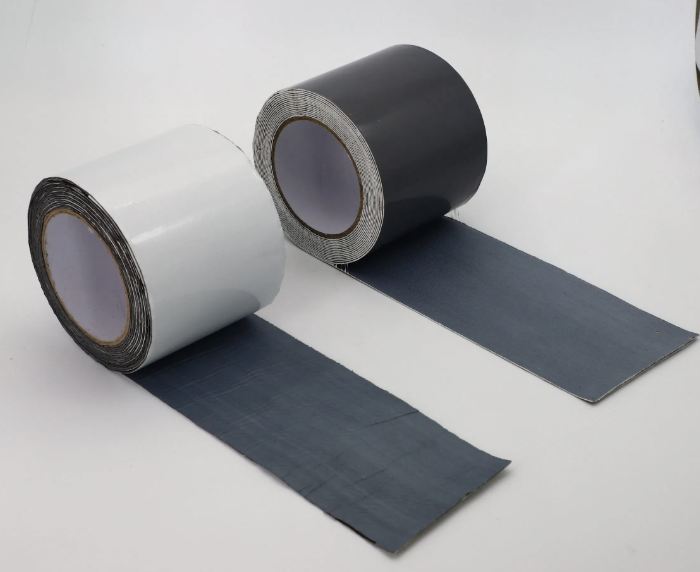
Why This Matters:
- Microcracks or punctures? Butyl flows slightly to reseal itself.
- Around bolts or irregular joints? It wraps and clings naturally.
- Installation errors? The material forgives minor misalignments.
| Feature | Impact |
|---|---|
| Self-sealing ability1 | Reduces leak risk without extra labor |
| Cold-applied application2 | No need for heat tools |
| Seamless integration3 | Great for complex shapes and transitions |
Whether you’re sealing a window flashing or running a triaxial soil test, butyl rubber delivers peace of mind—no glue, no gaps, no surprises.
Built to Last: Withstanding Time, Sun, and Stress
Waterproofing isn’t just about stopping leaks today—it’s about holding strong for decades. Butyl rubber stands out for its durability under tough environmental conditions.

Built-In Durability:
- UV and ozone resistant4: Won’t crack or chalk under sun exposure
- Thermal stability5: Performs from -40°C to +120°C
- Aging resistance6: Maintains elasticity for 20+ years
| Environmental Stress | Butyl Rubber Performance |
|---|---|
| UV exposure | Excellent resistance |
| Freeze-thaw cycles | Remains flexible and sealed |
| Salt spray / humidity | Chemically stable |
| Vibration / mechanical flex | Stretches without delaminating |
In roofing, underground sealing, and tunnel lining, butyl rubber proves again and again that it’s built for the long haul.
Tight Seals, Clean Results: Chemical and Vapor Barriers
For projects that deal with soil gases, chemicals, or high humidity, ordinary membranes fall short. Butyl rubber steps in with exceptionally low permeability.
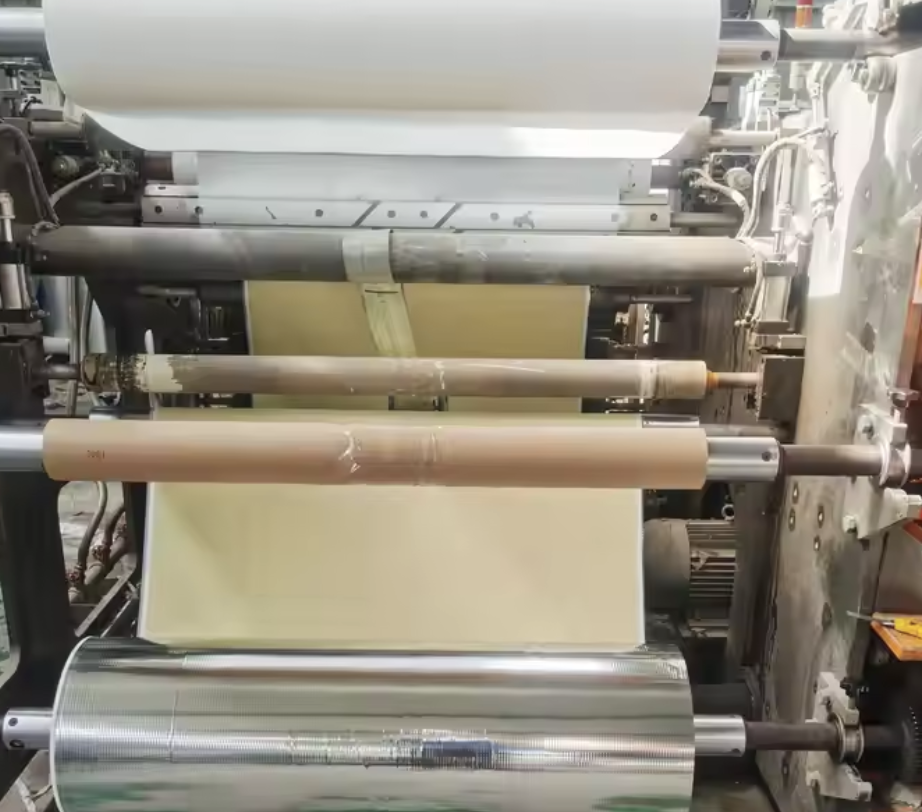
Why It Works:
- Dense molecular structure7 blocks air, water vapor, and VOCs
- Acts as a permanent chemical barrier8 in lab, industrial, and agricultural environments
- Ideal for permeability-sensitive applications9 like triaxial testing and green building
| Barrier Type | Butyl Rubber Effectiveness |
|---|---|
| Water | 100% waterproof |
| Vapor | Near-zero vapor transmission |
| Soil gases (e.g., radon) | Excellent resistance |
| Chemical exposure | Non-reactive to many solvents |
From environmental containment to lab equipment sealing, butyl makes your waterproofing smart, not just strong.
Flexibility Meets Function: Easy Application Across All Surfaces
While some membranes demand flat, clean surfaces and perfect prep, butyl adapts to real-world complexity. Uneven concrete? Corrugated metal? Butyl sticks—and stays stuck.
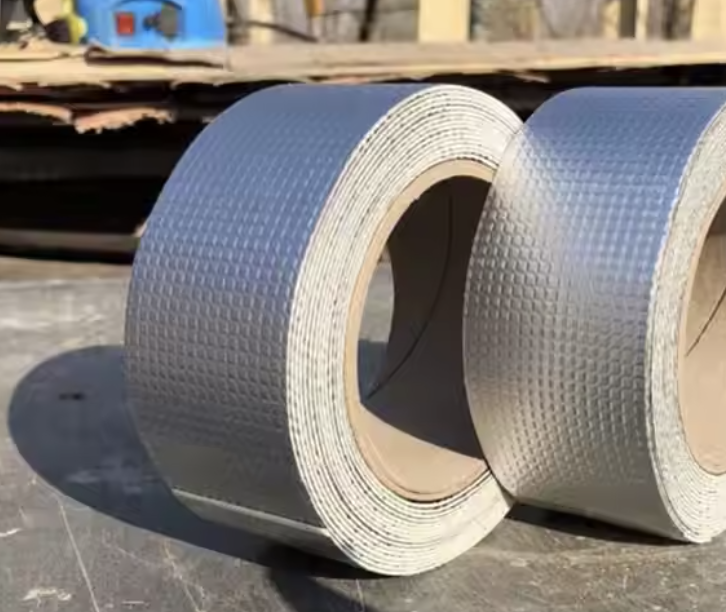
What Installers Love:
- Self-adhesive: No torch, no liquid glue, no curing time
- Form-fitting: Wraps around pipes, joints, bolts, and corners
- Time-saving: Fewer steps, fewer callbacks
| Application Scenario | Butyl’s Advantage |
|---|---|
| Vertical or overhead work | High tack holds position instantly |
| Rough masonry | Conforms and seals without primer |
| Lab environments | Compatible with metal, plastic, and glass |
Whether you’re sealing a leaky window frame or building a below-grade waterproof barrier, butyl works with you—not against you.
Conclusion
In a market flooded with generic sealing solutions, butyl rubber stands out by offering what others can’t: a self-sealing, long-lasting, vapor-tight, and easy-to-apply membrane. It’s changing how architects, engineers, and researchers think about waterproofing—from a one-time fix to a long-term solution.
-
Explore how self-sealing materials can enhance your projects by reducing leak risks and labor costs. ↩
-
Learn about cold-applied applications and how they simplify installation without the need for heat tools. ↩
-
Discover the advantages of seamless integration in construction for complex shapes and transitions. ↩
-
Explore this link to understand how UV and ozone resistant materials can enhance durability and longevity in various applications. ↩
-
Learn about thermal stability and its critical role in ensuring materials perform well under extreme temperatures. ↩
-
Discover the significance of aging resistance in materials, ensuring they maintain performance over time, especially in harsh conditions. ↩
-
Understanding dense molecular structures can enhance your knowledge of material science and its applications in various industries. ↩
-
Exploring permanent chemical barriers can provide insights into their importance in safety and environmental protection across different sectors. ↩
-
Learning about permeability-sensitive applications can help you grasp their critical role in engineering and environmental sustainability. ↩

